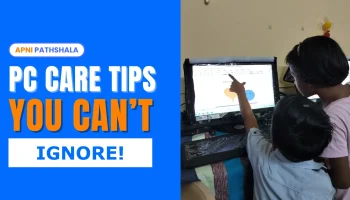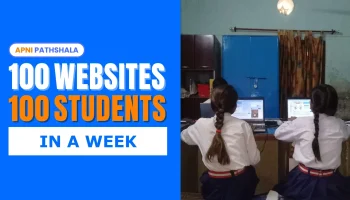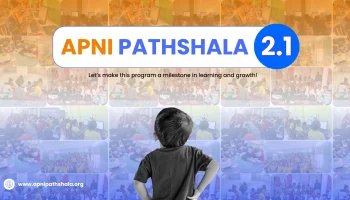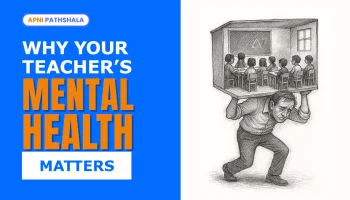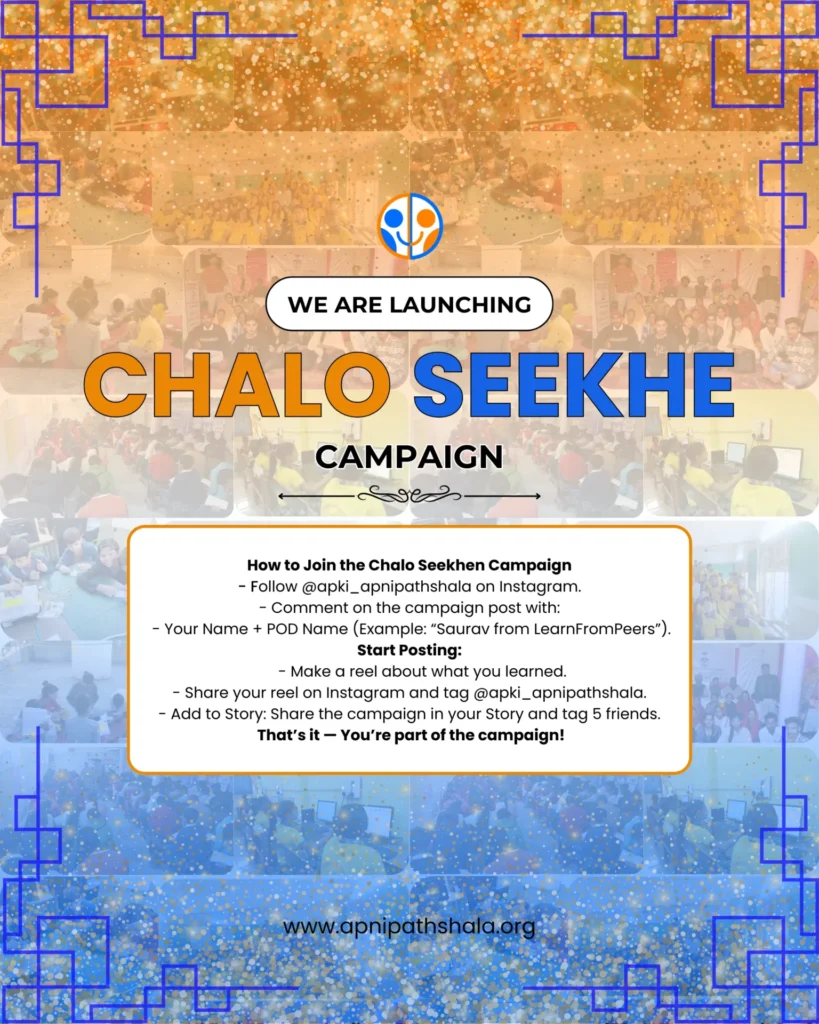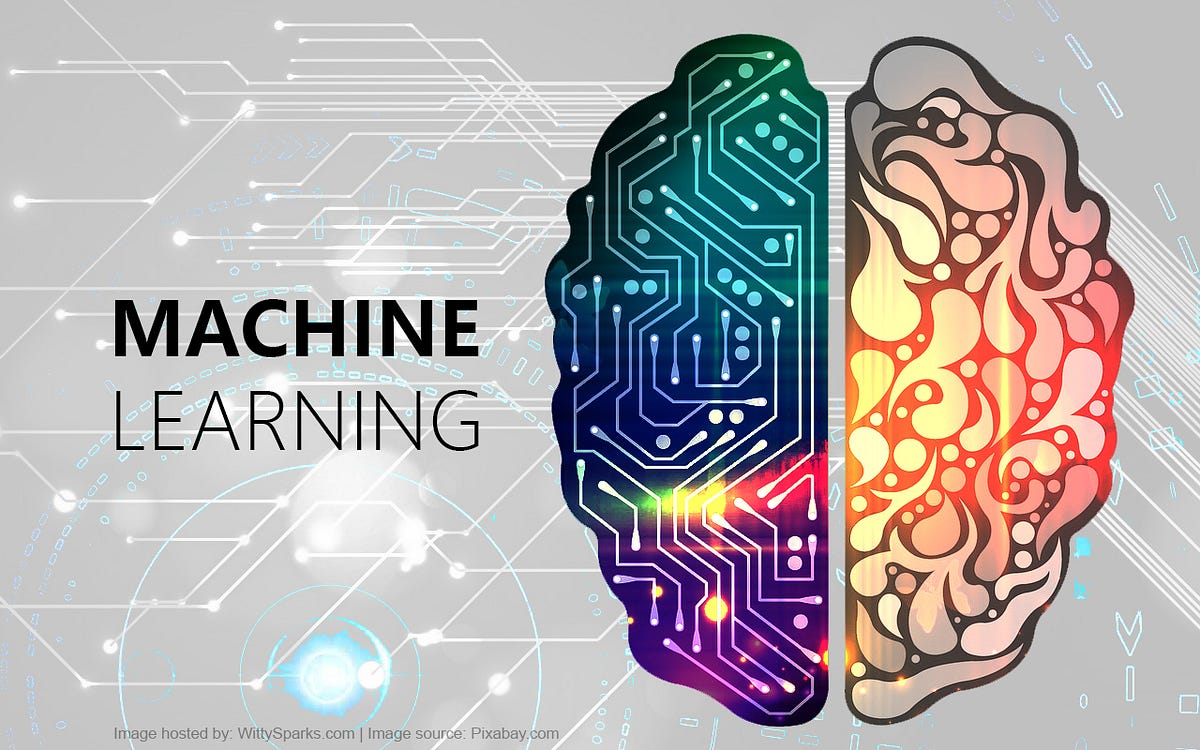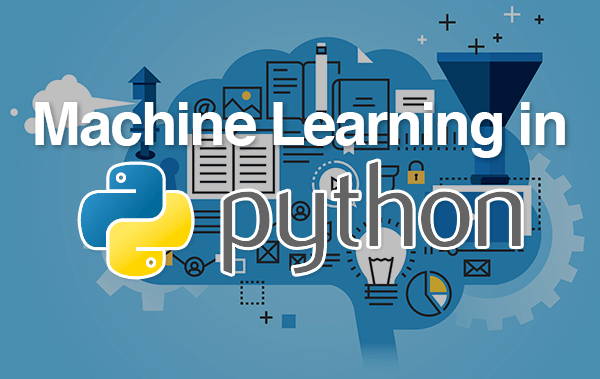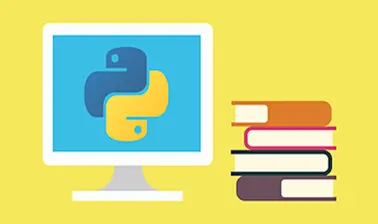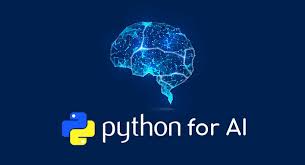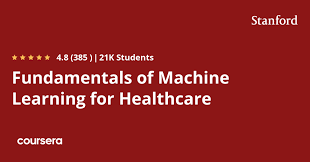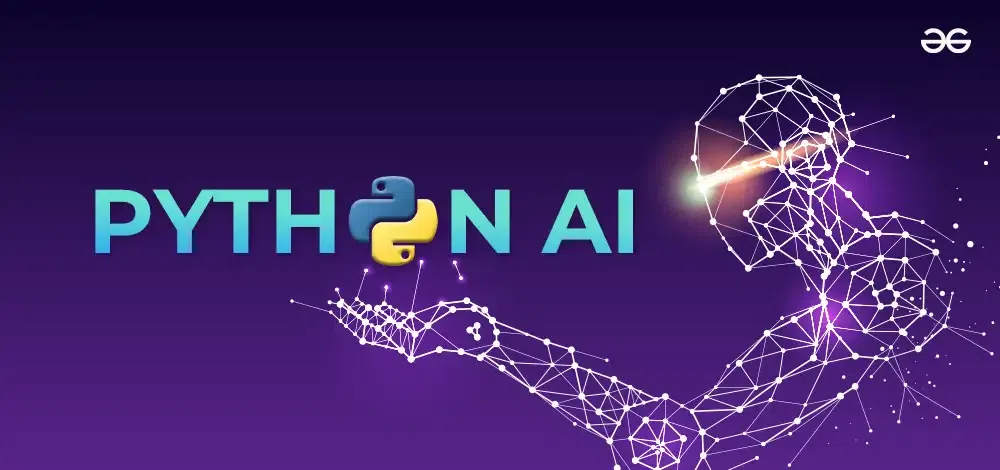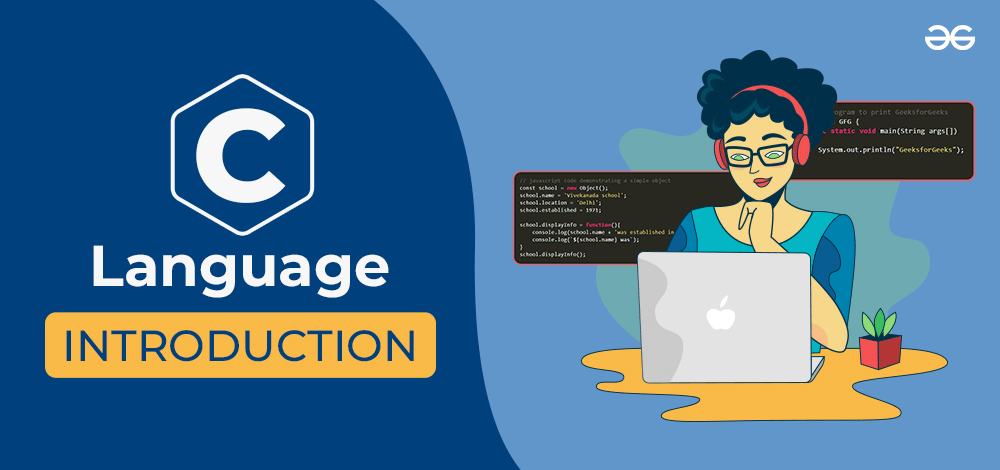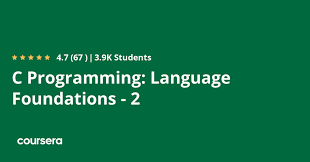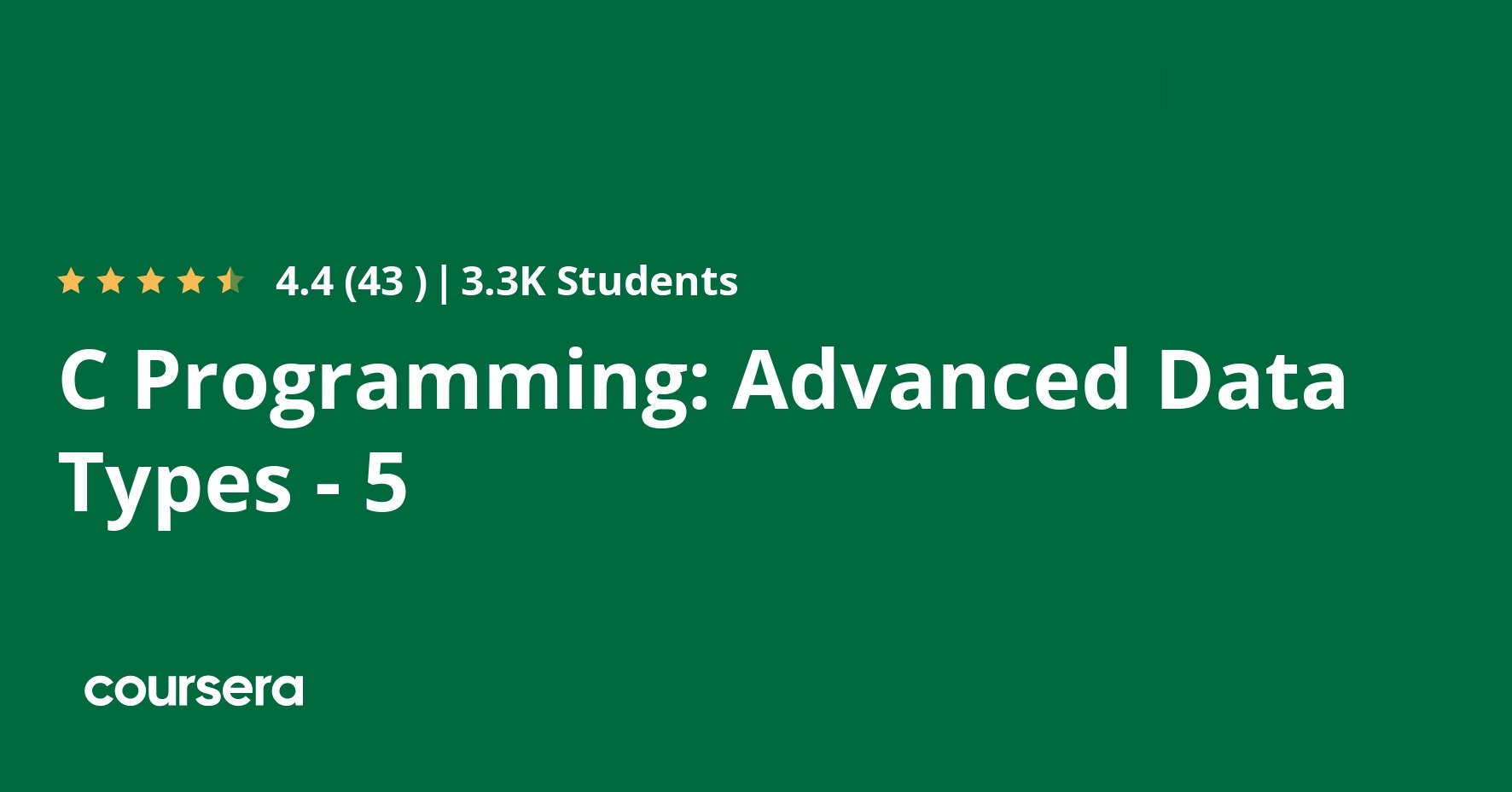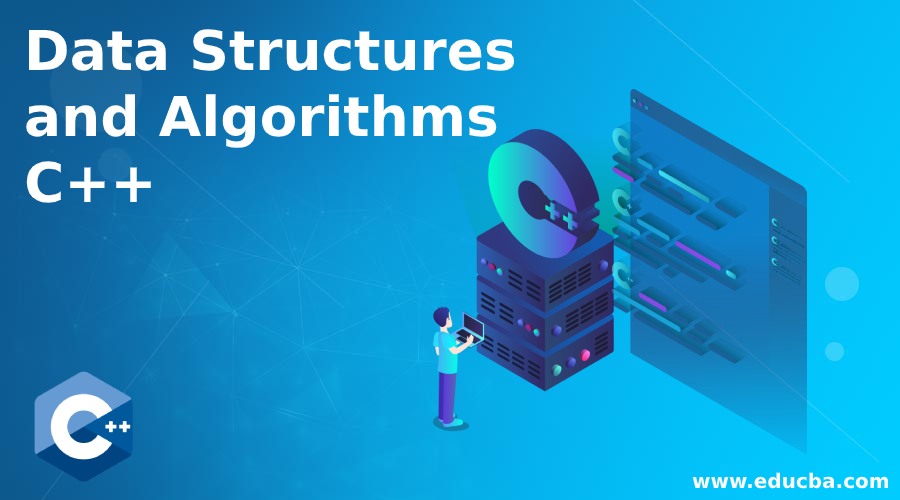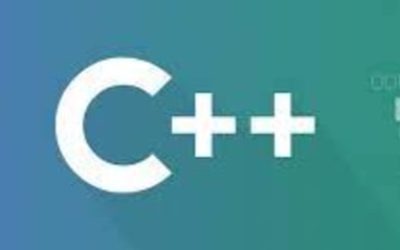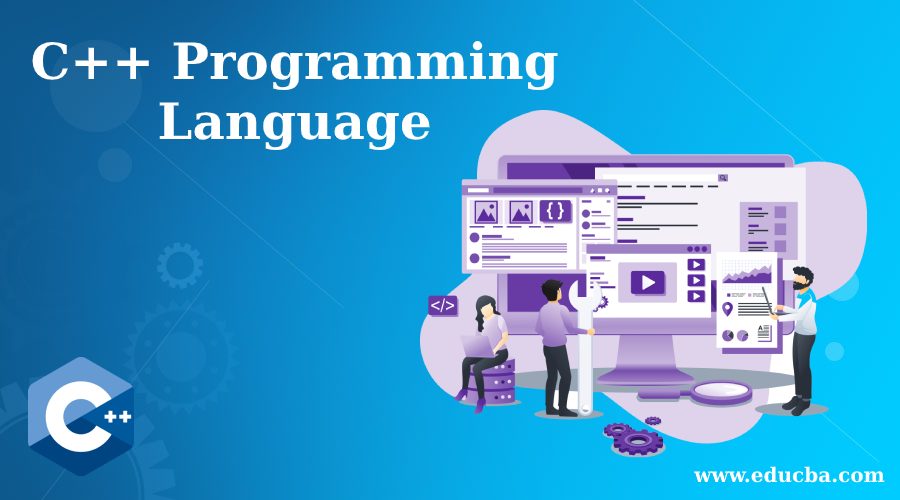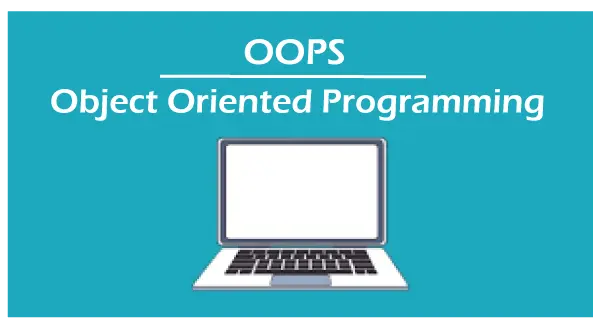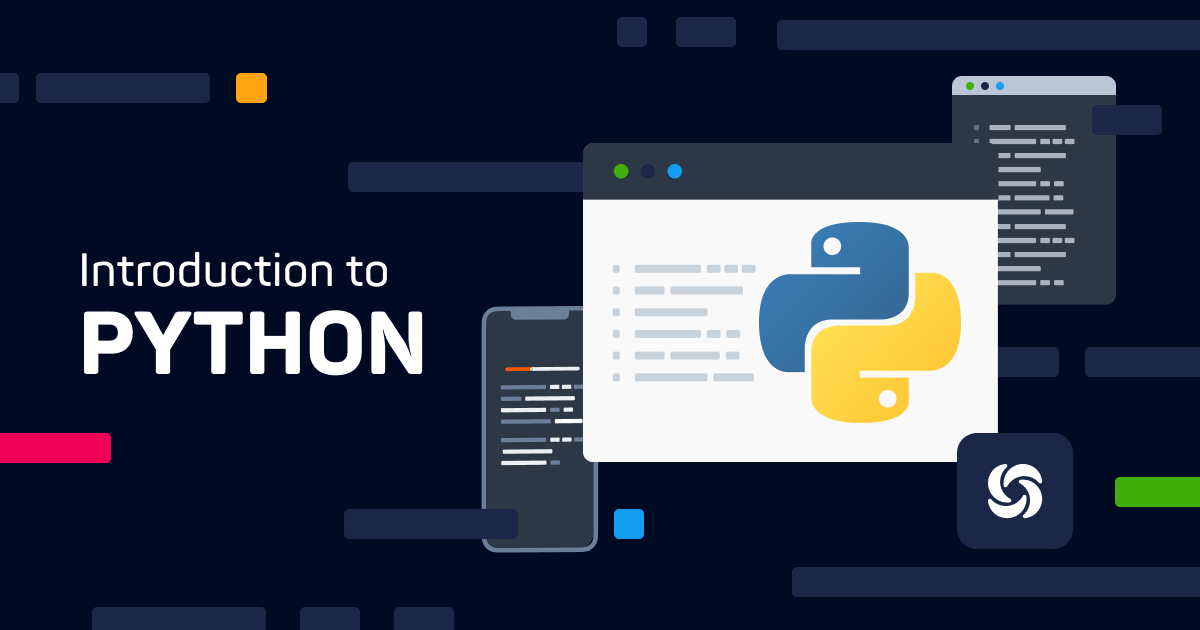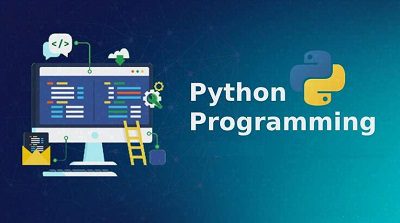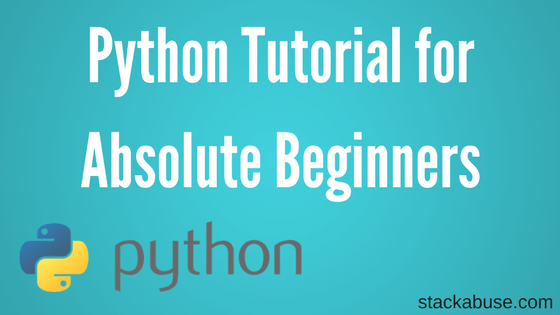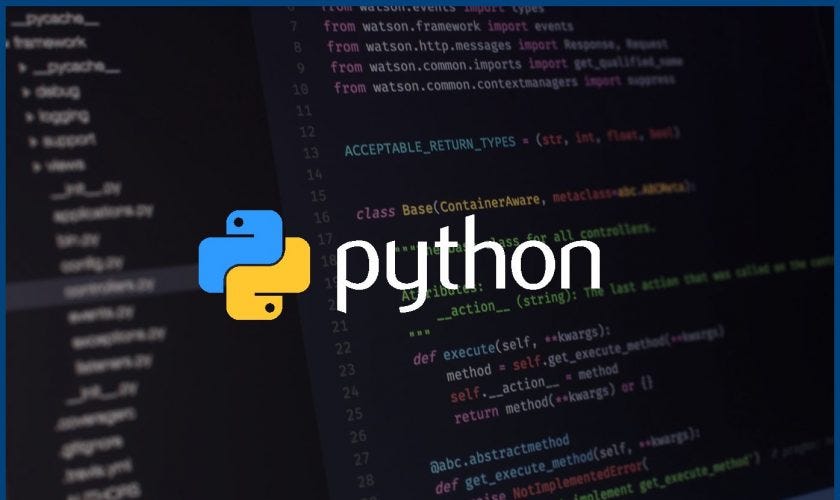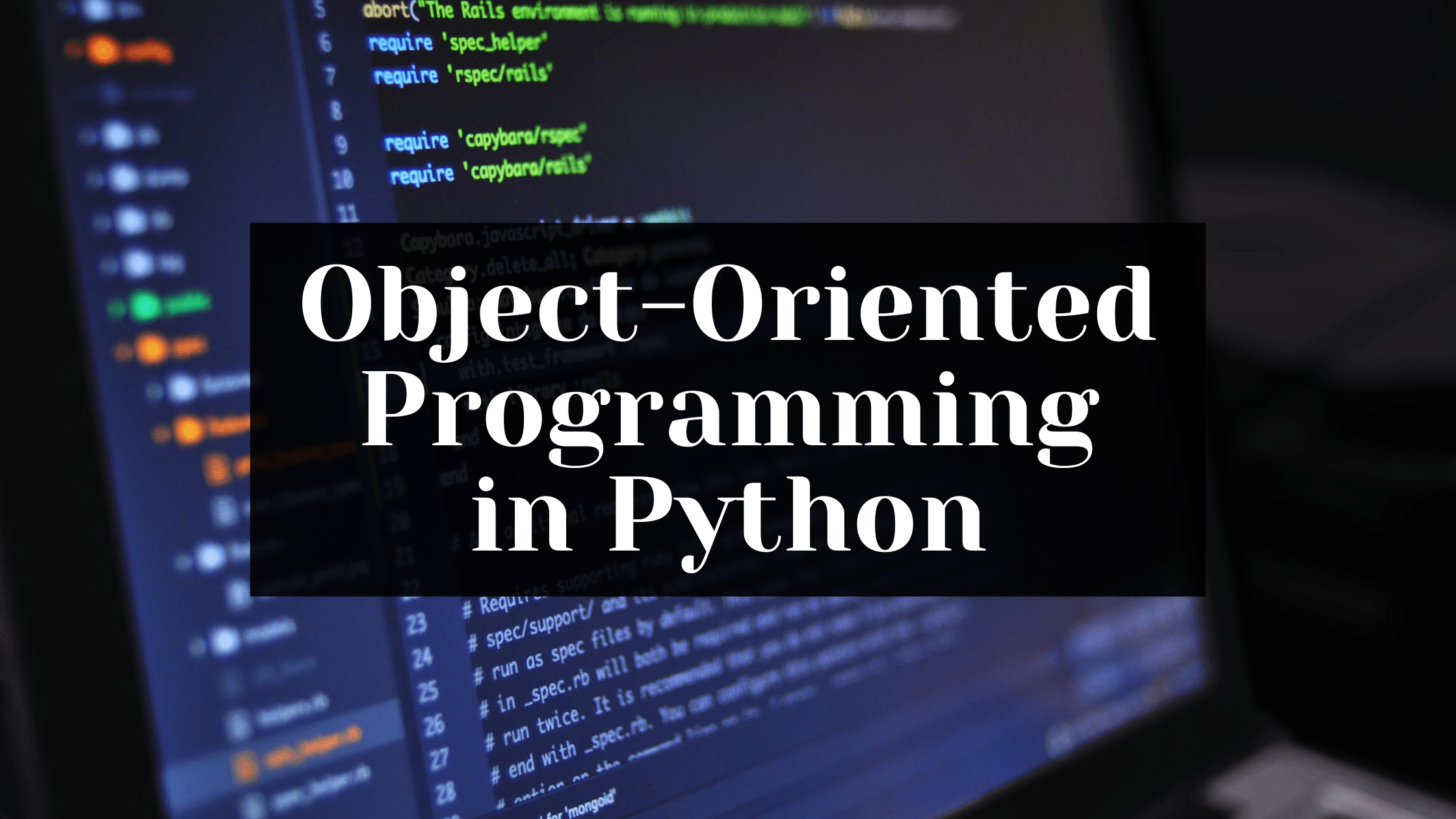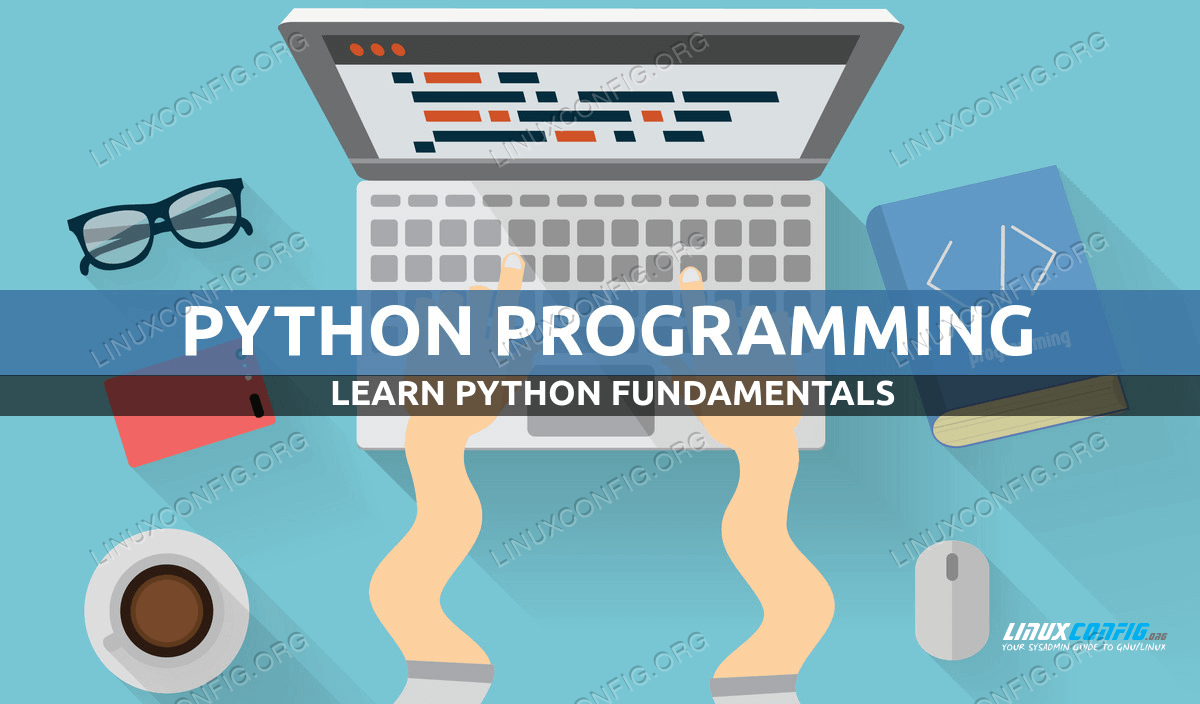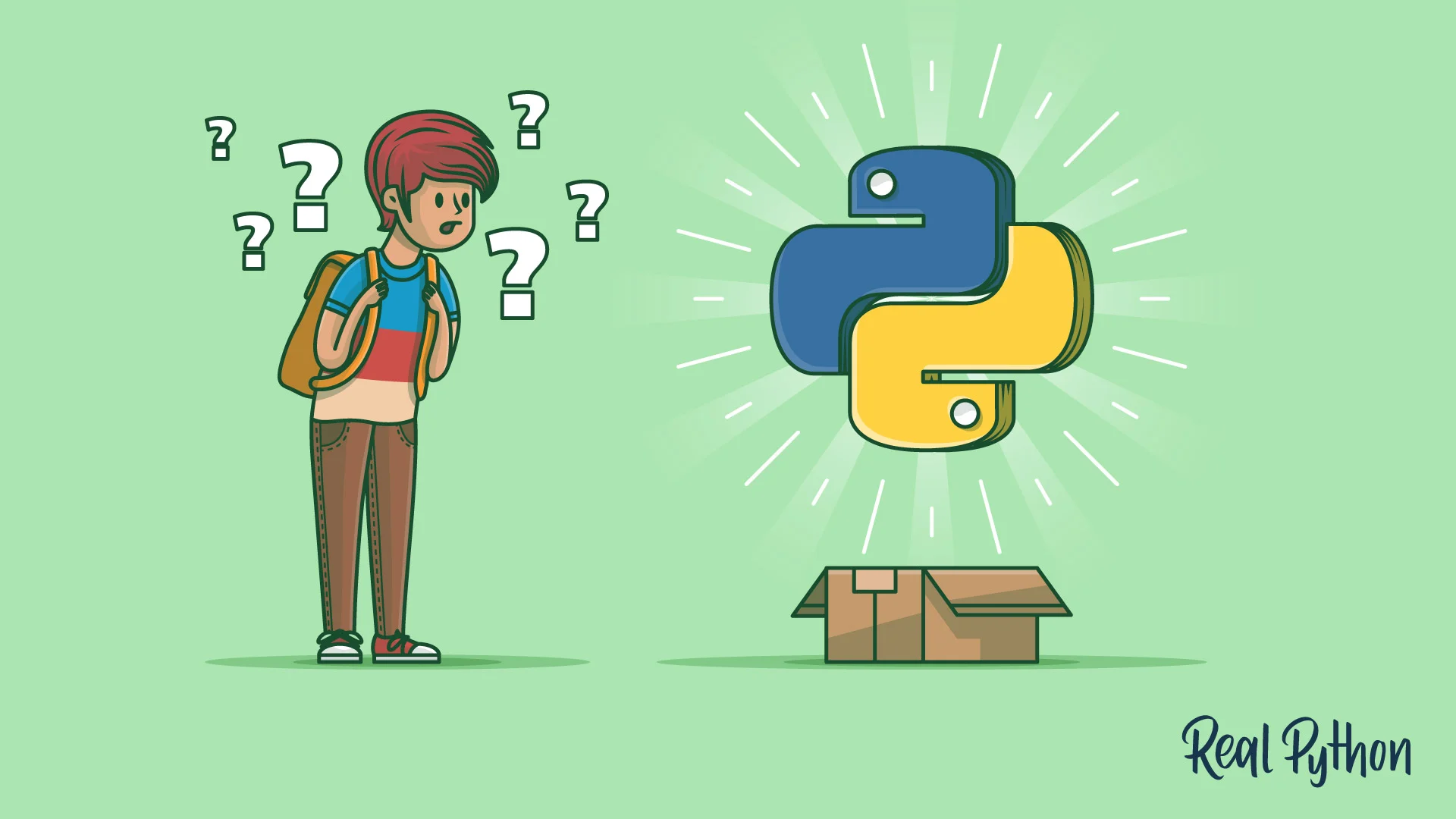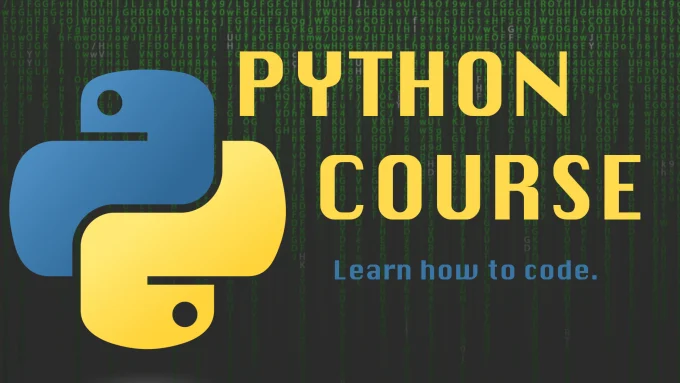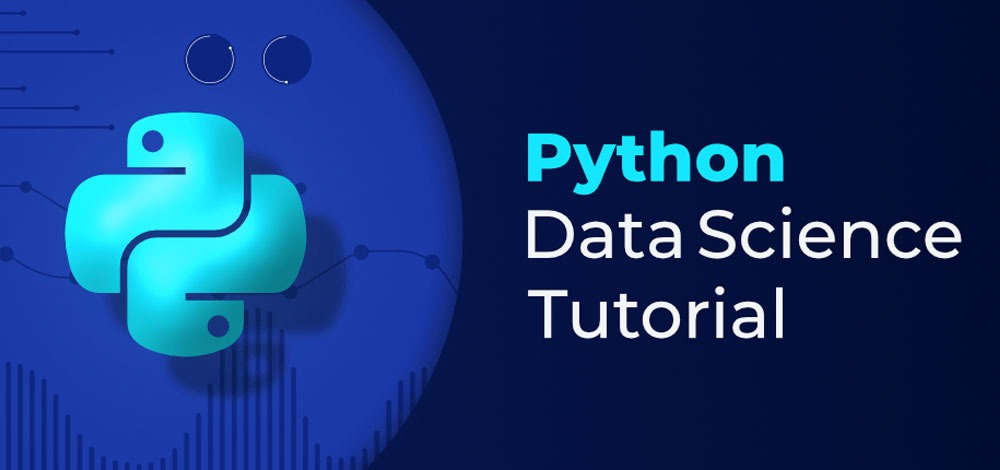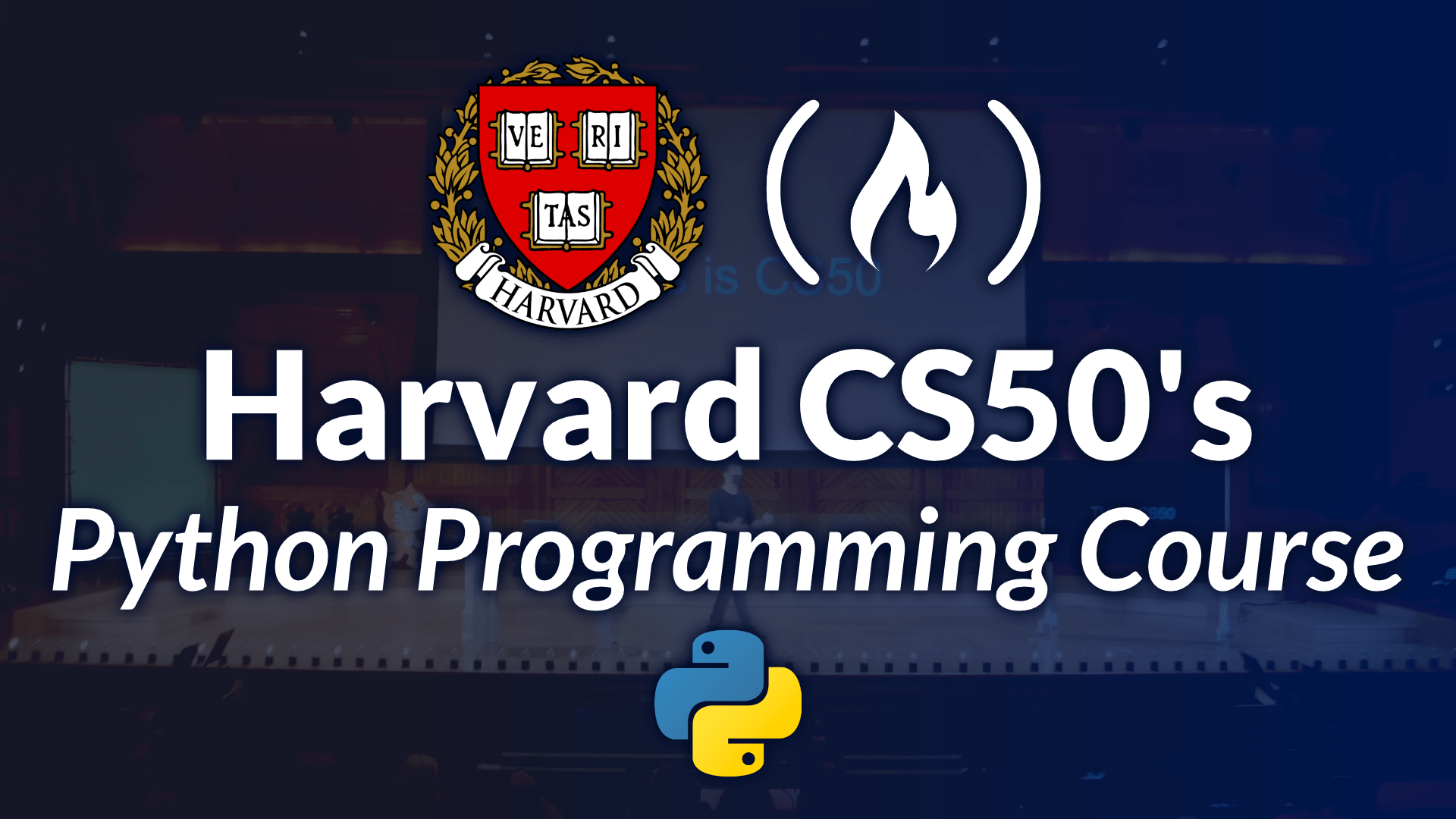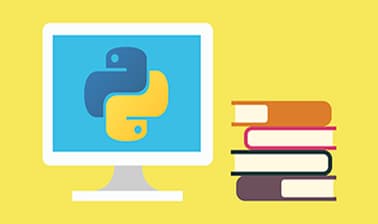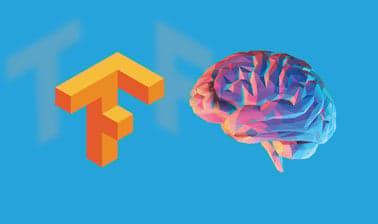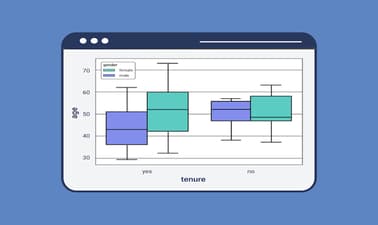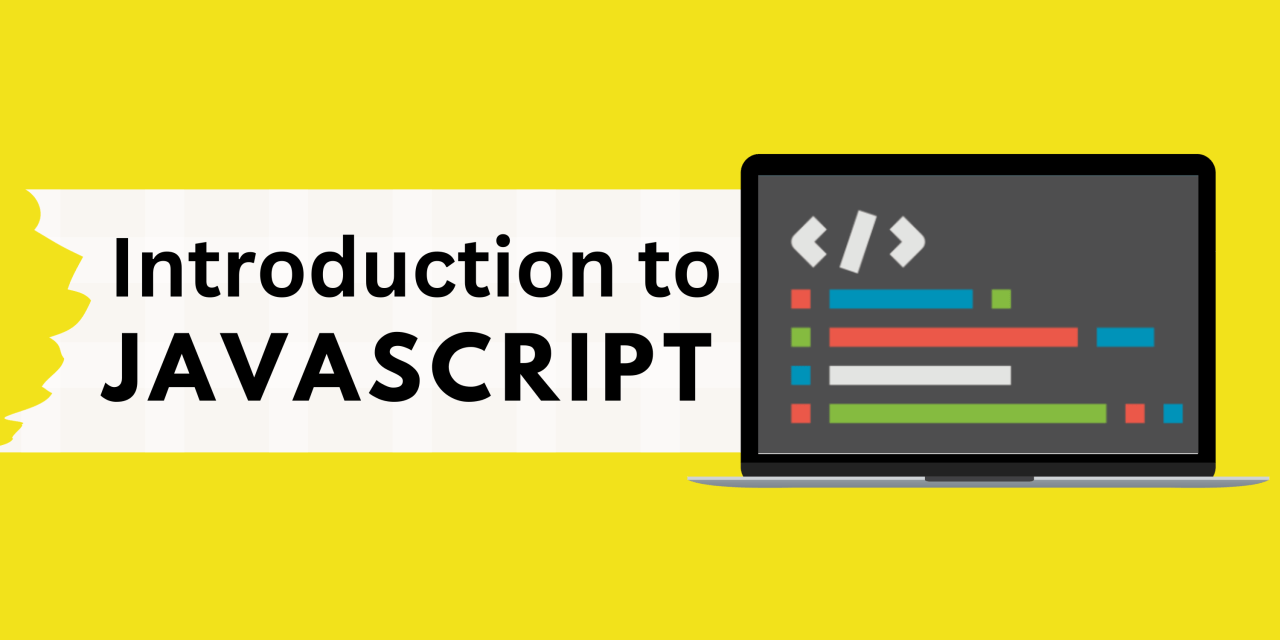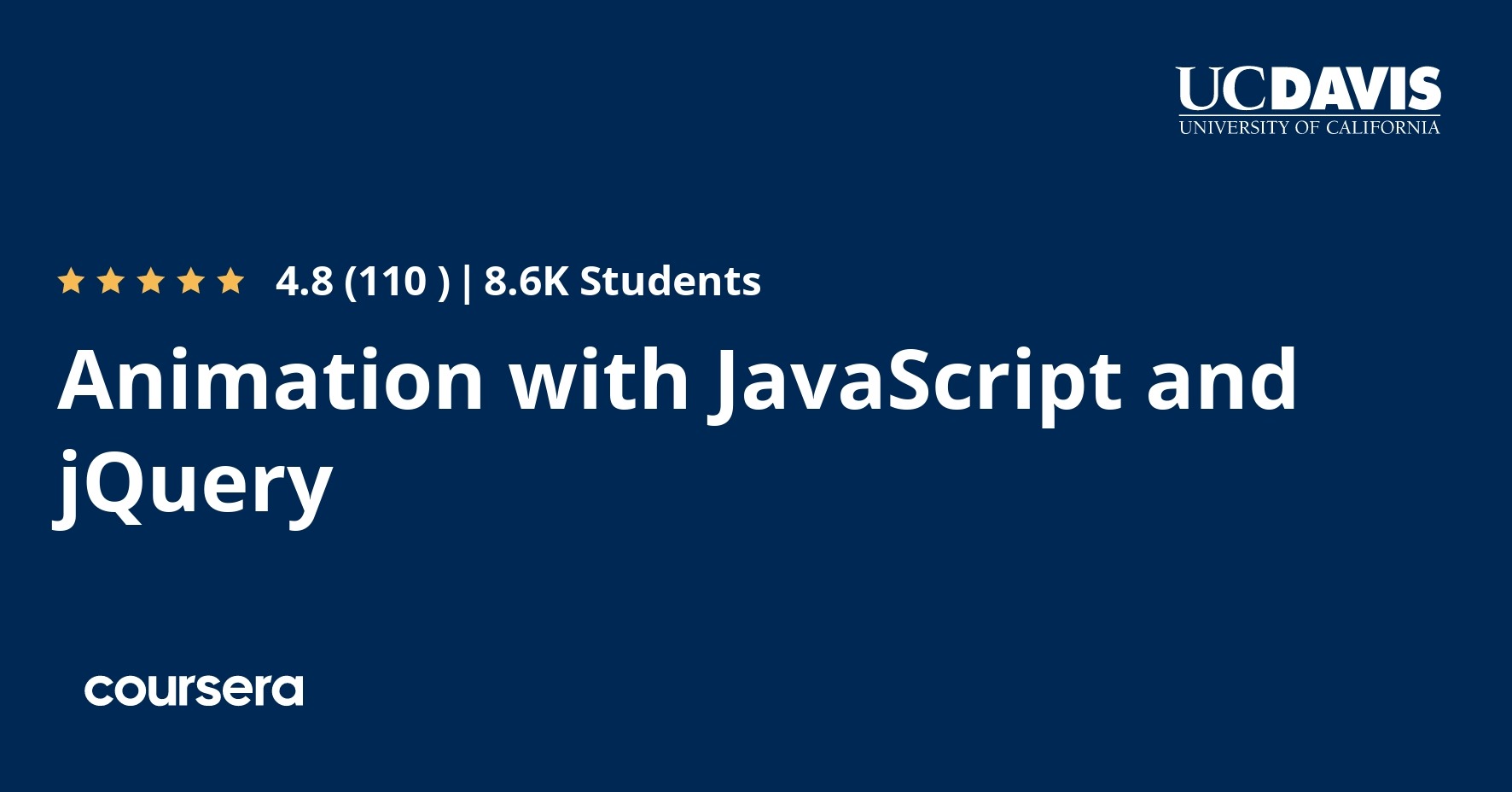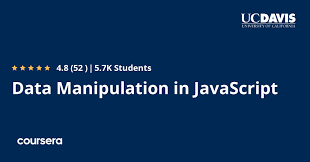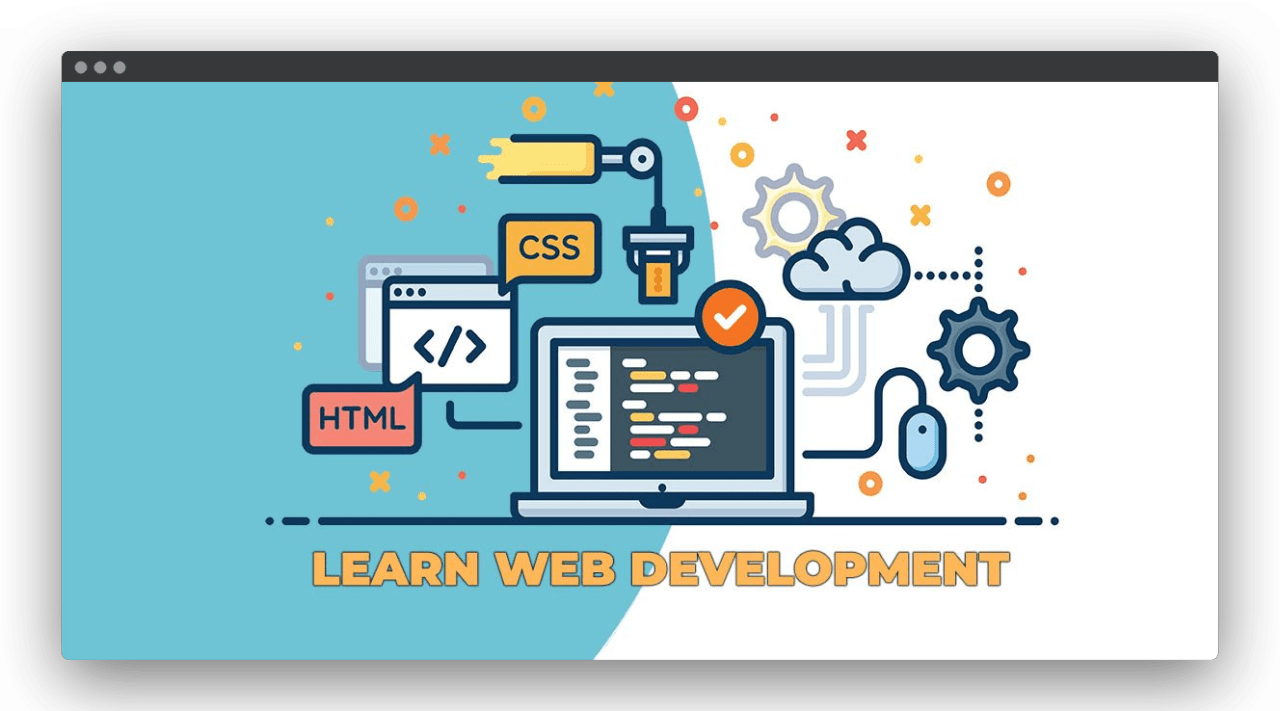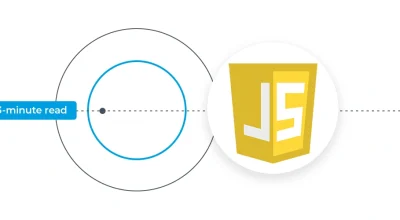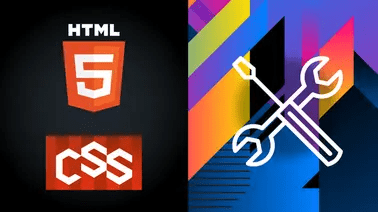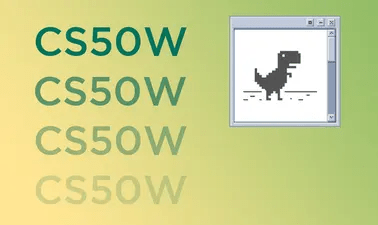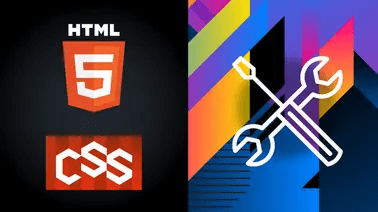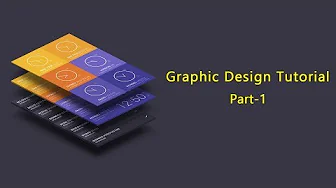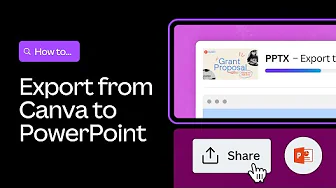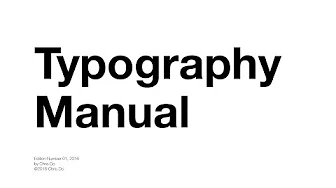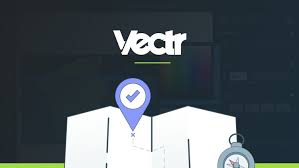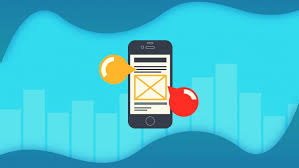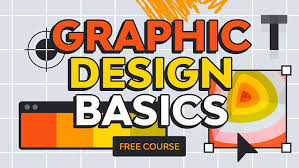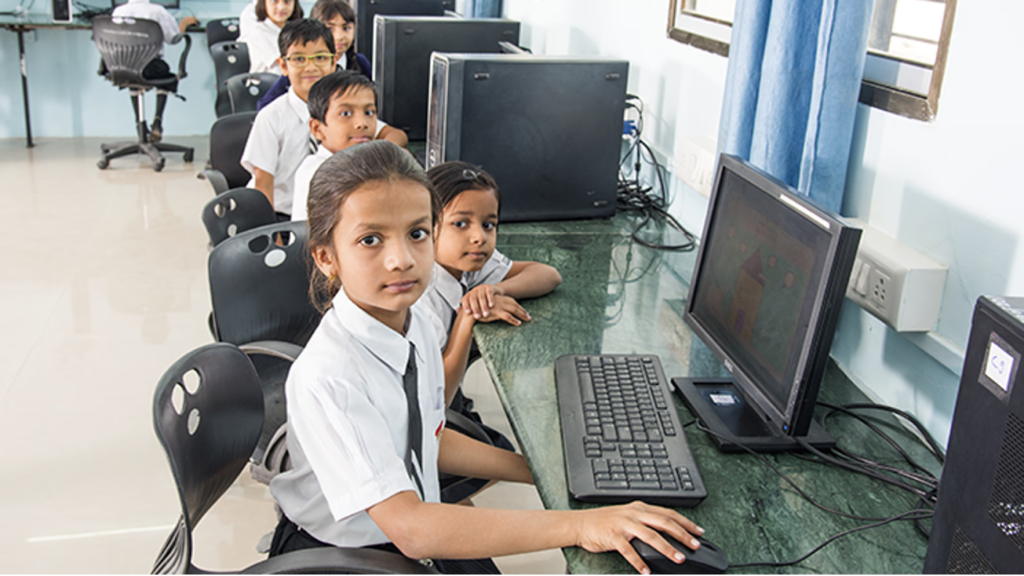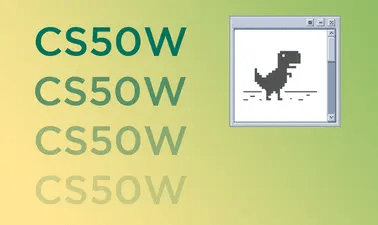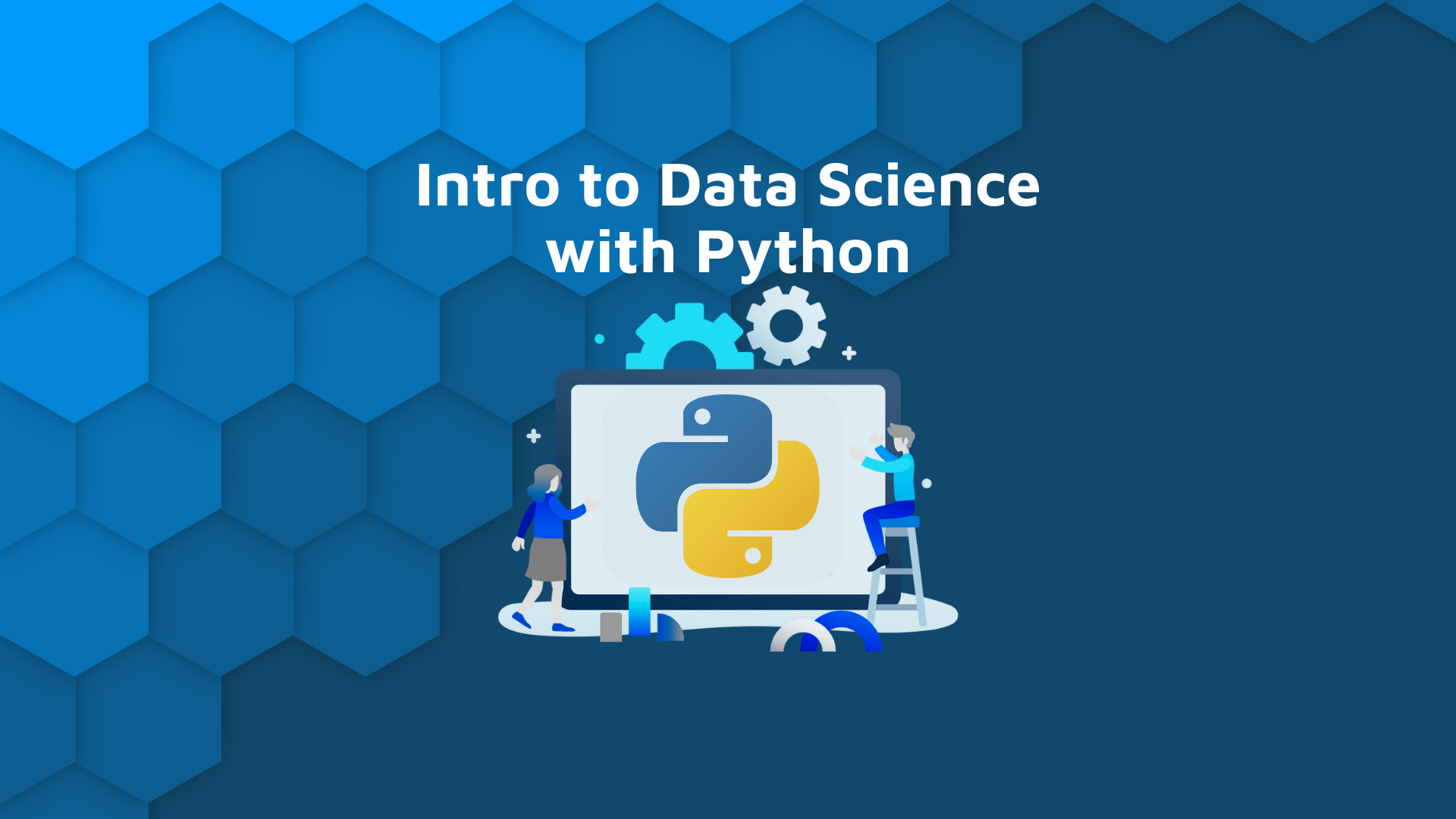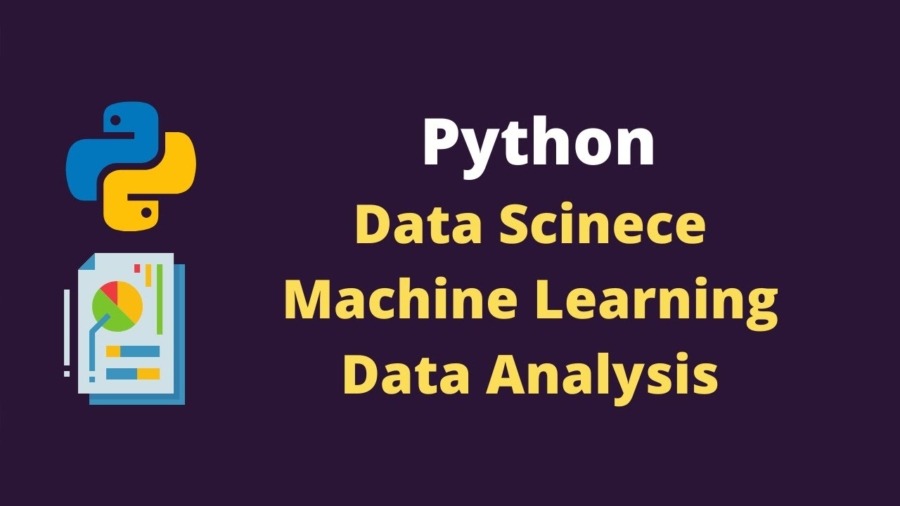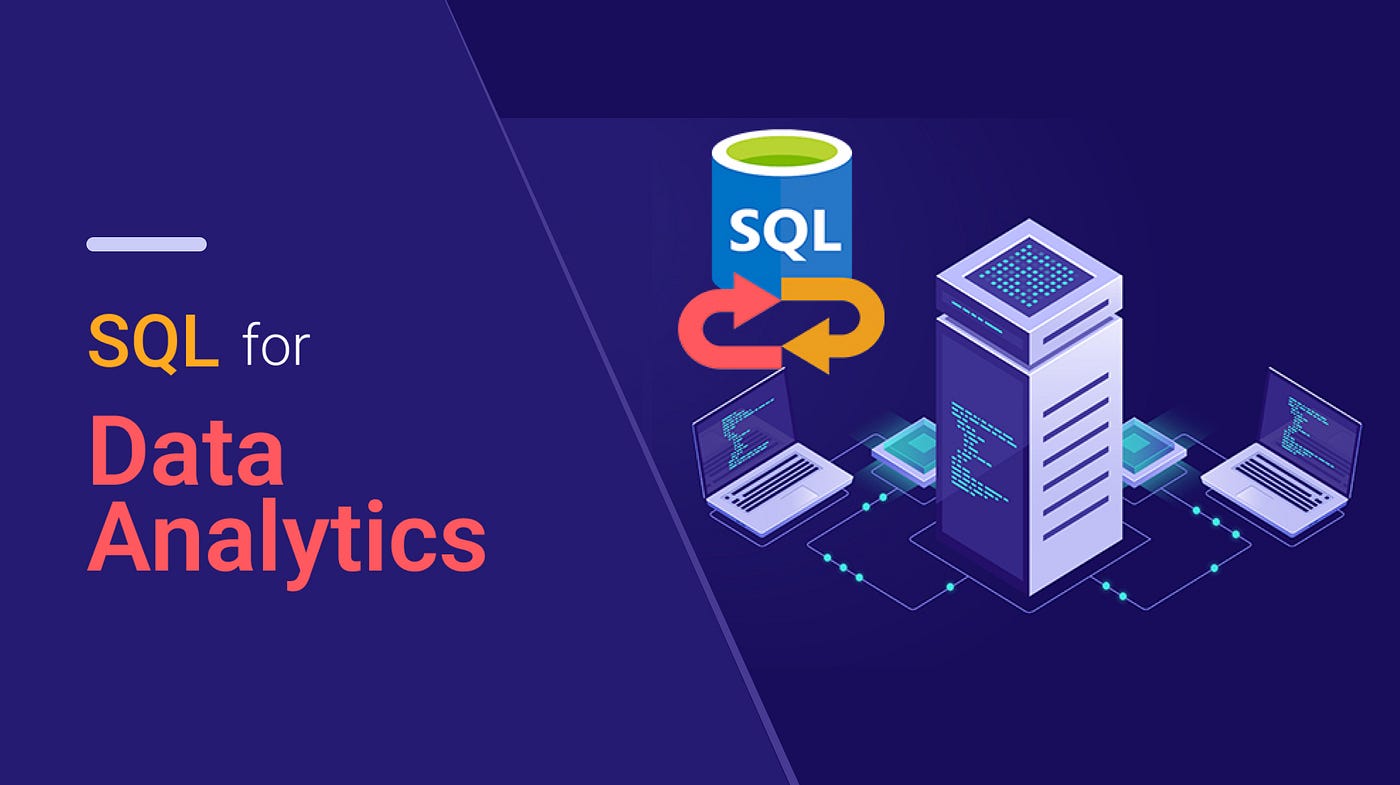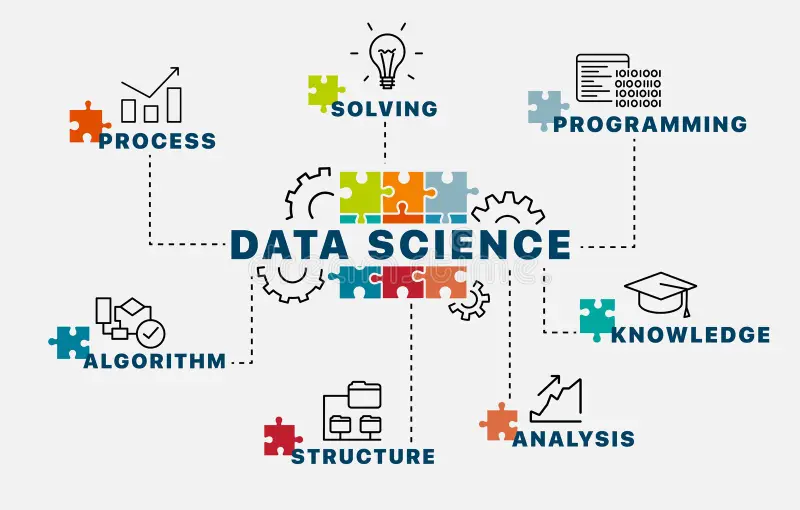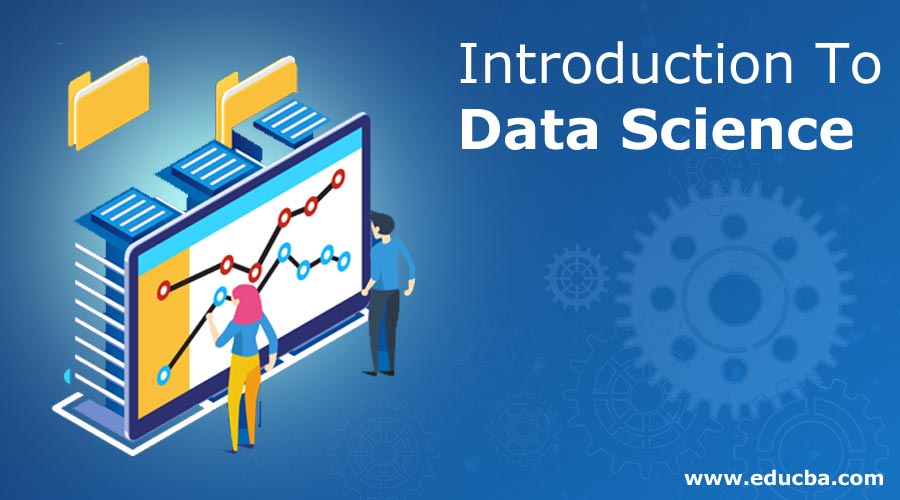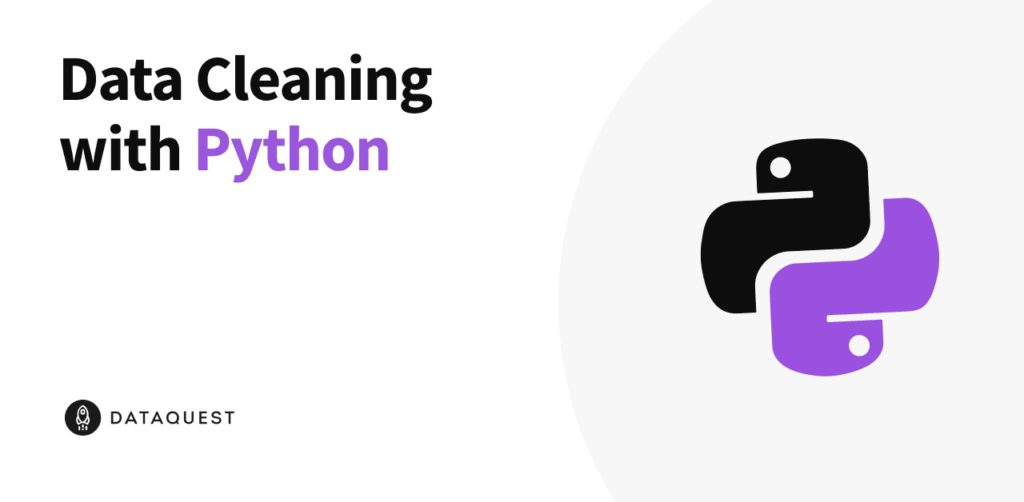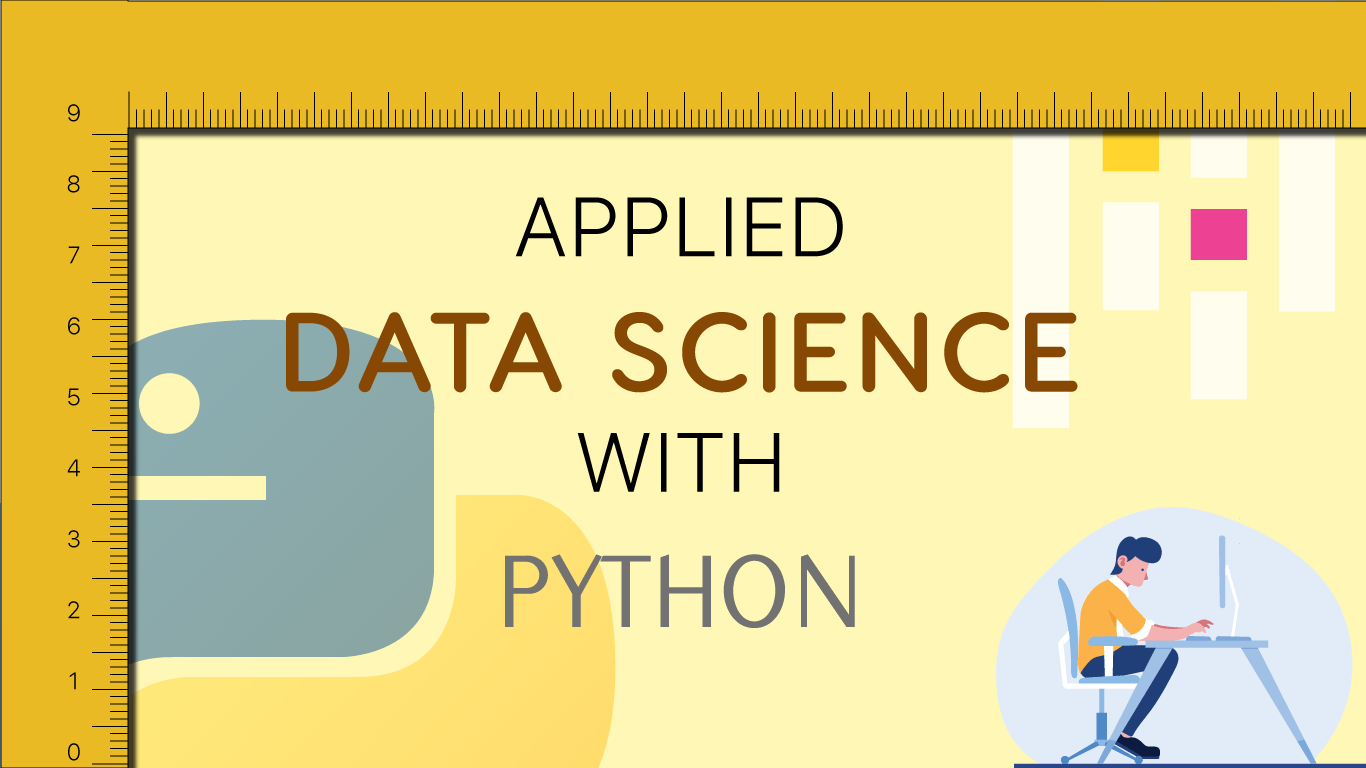Do you still imagine education and learning limited to blackboards and books? If yes, then you’re in for a surprise. The phone and laptops that were just used for watching movies and playing video games, are now an important source of learning in schools. Initially a luxury, is now a necessity. Especially post covid. Whatsapp groups, google meets have taken over the traditional schooling system.
Using digital tools in education has changed things in a big way. Schools and colleges are now using technology more and more to improve how teachers teach and how students learn. Digital education is no longer just an extra option-it’s becoming the main part of modern education.
What is Digital Learning?
Everyone knows what digital education and learning is, right? But, here we aim at exploring different aspects of digital learning in schools. As we all know, digital learning is any type of education that happens through technology. It can include things like online courses, virtual classrooms, and learning apps on your phone. It even includes interactive simulations that make learning feel like a game. Wanna know some more cool things about digital learning?
- Flexible Learning Paths: With digital tools, students can learn at their own speed. They can go over tricky topics as many times as they need or skip ahead if they’re confident, giving them control over their learning journey.
- Collaborative Learning: Digital platforms make it easy to work with others. Whether it’s through group projects, discussion boards, or live chats, students can interact with people from all over the world, sharing ideas and learning together.
- Rich Multimedia Content: Nowadays, digital learning in schools is not just about reading textbooks. It’s full of fun and engaging content like videos, animations, quizzes, and games, making it more interactive and enjoyable.
Why is Digital Learning Growing So Quickly?
The rapid growth of digital learning can be attributed to several key reasons:
- Global Shift (COVID-19): 2020 was the canon event for the world.The pandemic drastically changed education by shutting down schools and classrooms worldwide. It was like the accelerator in the world of digital learning in schools. Almost overnight, teachers and students had to adapt to online learning. What was once seen as a backup option quickly became the primary way of learning. This sudden shift forced educators and institutions to embrace digital tools like never before. This led to adoption of e-learning platforms, virtual classrooms, and educational apps. Even after schools reopened, many of these digital solutions remained in place, proving how effective and convenient they can be in both regular and emergency situations.
- Accessibility: One of the best things about digital education is that students can learn from anywhere, as long as they have an internet connection. Whether you’re in a big city or a small town, online education breaks down barriers, allowing people to access learning from the comfort of their homes..
- Affordability: Compared to traditional schooling, digital learning is often more budget-friendly in many different ways. It cuts down costs on things like textbooks, classroom space, and transportation. Plus, many online courses and resources are free or much cheaper than attending physical schools, making education more affordable to students.
- Increased Demand for Lifelong Learning: As the job market constantly changes, more and more adults are using digital platforms to continue learning and improving their skills. Whether it’s gaining new certifications, exploring career changes, or just keeping up with the latest trends, digital education allows people to stay competitive and up to date in their fields.
What are the Main Types of Digital Learning?
Did you really think digital learning in schools is only about google meets and recorded lectures?
- E-Learning (Fully Online): In this format, students can access pre-recorded lectures, complete assignments, all through e-learning platforms like Coursera or Udemy. It’s flexible because students can learn at their own pace and fit their studies into their schedules. Whether you’re working or have other commitments, fully online courses offer the chance to learn from anywhere.
- Blended Learning: This model combines the best of both worlds—traditional in-person teaching with online resources. For example, students might attend classroom lectures but also have access to online videos, readings, or discussion forums that deepen their understanding. It’s like getting extra support outside the classroom, giving students more control over their learning.
- Gamified Learning: This is one of the most popular types of digital learning in schools, as it makes studying even more fun and interesting. E-learning platforms like Kahoot and Duolingo have taken learning to the next level by turning it into a game. With features like points, badges, and leaderboards, students are motivated to complete challenges and compete with others. This approach makes learning exciting and interactive, turning lessons into something fun rather than a random boring task.
- Virtual Classrooms: Do you remember saying/hearing “Am I audible?” “Open your camera” during those covid days? Crazy times! But, the fact that it is not something that only stayed in the past and is working in full flow even today shows the ever lasting impact of digital education. Instead of meeting in a physical classroom, students and teachers come together in real-time through live online sessions. Platforms like Zoom and Google meet make it possible to have face-to-face interactions, ask questions, and participate in discussions, just as you would in a regular classroom. The difference? You can join in from anywhere in the world!
How Will Digital Learning Improve Education?
Now you would want to be eager to know how digital education has improved the overall quality of education and schools, right? So without wasting any time, let’s just hop on it.
- Global Access to Quality Education: Digital learning has opened the doors to world-class education for students everywhere, even in the most remote areas. Students in developing countries can now take courses from top universities and learn from the best teachers in the world without having to leave their homes. This is a game-changer for education equality, offering opportunities that were once out of reach. Imagine learning physics from a professor sitting in the US while sitting in your classroom in India. Doesn’t that sound fascinating?
- Enhanced Student Engagement: Before we begin the second point, let’s face it—traditional lectures can sometimes feel a bit boring. Those yawns and that monotonous routine can lead to almost zero focus. However, digital learning brings lessons to life with videos, interactive quizzes, and engaging content. Students are more likely to participate when the material is fun and interactive. This keeps their interest alive and makes learning feel more like an adventure/game.
- Real-Time Feedback: Another cool thing about digital assessments is the instant feedback students get. Instead of waiting days or weeks for results, students know right away how they did. This helps them quickly spot their mistakes and understand where they need to improve. Teachers also benefit by having access to detailed data on student performance, allowing them to offer more targeted support.
- Collaborative Learning Opportunities: Thanks to digital tools, students are no longer limited to working with just their classmates. They can now collaborate on projects and share ideas with friends from around the world, bringing in new perspectives and learning about teamwork across borders. This kind of global collaboration not only enhances learning but also encourages cultural exchange and a broader understanding of the world.
How does ApniPathshala Support Digital Learning?
If we’re discussing digital learning in schools, we cannot afford to ignore a particular organisation’s work towards this goal. And that is no one other than our very own Apnipathshala!
At ApniPathshala, it’s not just about online lessons-it’s about making sure every child, no matter where they come from, gets access to quality education. Here’s how they are creating a real impact:
- Learning Pods: ApniPathshala has introduced a unique model of “learning pods,” where small groups of students learn together in a structured and supportive environment. These pods are guided by mentors or community teachers, ensuring that every student gets personalised attention. This learning experience helps students stay focused and motivated while giving a sense of teamwork. From Kutch in Gujarat to Alwar in Rajasthan, Apnipathshala’s learning pods are in full action!
- Focus on Underprivileged Students: One of the most inspiring things about ApniPathshala is its commitment to teaching underprivileged students. Children from communities that are often ignored in our society are taken care of by these pods. These children don’t have access to computers or the internet. ApniPathshala aims to close this digital divide by providing the tools and resources these students need to get a proper education, no matter their circumstances.
- Skill-Based Learning: Another marvellous thing to notice about ApniPathshala’s curriculum is that they don’t just focus on academics-they emphasise practical, real-world skills too. Whether it’s teaching coding, vocational skills, or life lessons, the platform ensures students are prepared for the future. And, that’s not just with textbooks, but with the skills they’ll need to succeed in the real world. They actually believe in creating future leaders- read one such story of a boy named Ritesh, and I dare you to not get inspired!
What are the challenges in Digital Learning?
Obviously there is no road to success without challenges. While digital learning in schools presents numerous benefits, it’s not without its challenges.
- Access to Technology: One of the main problems on the way to digital learning in schools is the digital divide. Many students, particularly in rural or low-income areas, lack access to the necessary technology (computers, tablets, and internet connectivity). In a conversation with us, Mr. Dharmendra from Yusuf Meherally Centre shared about the issue of frequent power cuts happening in that area.
- Digital Literacy: Another thing is the problem of digital illiteracy among the people at ground level. Inorder to have a full effect of these initiatives, both teachers and students need to have a level of digital literacy to use these platforms effectively. In this case, training and orientation become necessary to ensure they can make the most of digital tools.
- Screen Fatigue: This is a universal problem! Excessive screen time can lead to fatigue, eye strain, and reduced attention spans. This is a challenge for both students and educators in maintaining engagement. So, this issue needs to be taken care of by people advocating for digital learning in schools.
So, I hope we’ve given you a great insight on what digital education is, how digital learning in schools is going in today’s time and how online resources like various e-learning platforms and virtual classrooms have totally changed the time.
Despite the challenges, digital education is thriving and IS THE FUTURE! It is revolutionising the way education is delivered, making it more flexible and accessible. Moreover, with initiatives like ApniPathshala, even students from underserved communities can benefit from this educational revolution. Said before, gonna say it again- the future of education is digital, offering students around the world new ways to learn and grow!


